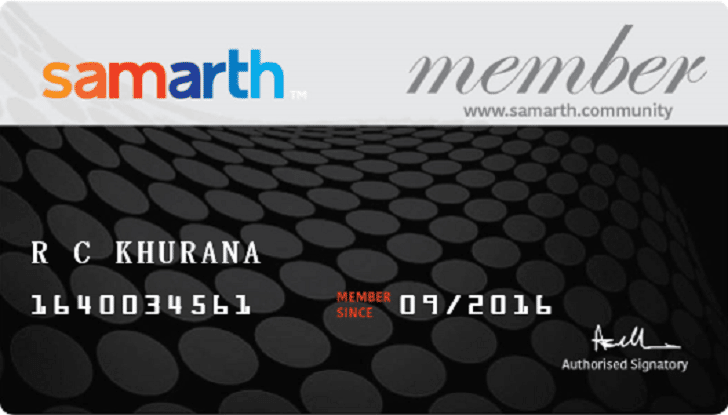We are approaching the age of smart cities where governments worldwide are turning to this concept. It seems when we have everything connected and build some Artificial Intelligence (AI) into it, it makes the world a better place. For example, smart street and traffic lights, smart home monitoring systems connected to healthcare systems, smart surveillance systems connected to law-and-order systems, smart waste management system, etc. are going to be the hallmarks of future smart cities. However, currently, we can start with connected homes, that can help us set up everything from lighting, security, home appliances to even climate regulation within our homes. Let’s delve a little deep into connected homes.
Connect All Devices
Just imagine if you could control all devices in your home from your smartphone! Your TV, air conditioner, light bulbs, oven, and even you door lock can be controlled from your phone. There are motion sensors that can automatically turn your lights on when it senses your presence. Imagine, if you heard a sound at midnight and are walking out of your bedroom to investigate. The lights come on automatically as you walk there or you can use your phone to trigger them on even before you walk out!

Join Now >
Have safety sensors attached to all your doors and windows with video feeds that you can track on your phone. You can even set your thermostat to automatically adjust temperature within the house and these include heating and cooling solutions. People get notifications if the status of any connected device changes. Even fans can be connected to auto control their speeds.
Voice Control
Most of these smart systems also allow you to use your voice to give commands to do something. So, you don’t even have to trouble yourself by peering into the phone to find the right interface. Even your curtains can be controlled this way. The voice control systems are compatible with the more popular Google Home, Apple Siri, Amazon Alexa kind of systems. Some even come with in-built analytics that help you track where your electricity consumption is more.
How Do I Get Started?
It is up to you to look around your house and identify aspects that you want to upgrade to the smart or automated home system. You could do it only for entertainment or security, or only for one or two rooms as you wish. Entertainment, security, home appliances, lighting, thermostat for temperature control, etc. are the main possibilities. Most smart home systems work with unwired devices. Only non-smart systems will need the wiring as such and these may include thermostats, light switches, smoke alarms and doorbells. However, you do need a Wi-Fi router and smartphone. For your existing devices, you can check the compatibility with list of Amazon Echo or Google Home or opt for some other hubs that can connect to all devices. Some smart home automation providers provide you devices that can compatible with all these.
Also, consider the question of broken Internet, as some smart home devices can function offline too. You may also need battery backups and inverters to ensure things work in case of power disruptions. Also request information about the security encryptions of the devices considered to ensure that they are hack-free. Understanding cybersecurity aspects is essential before you upgrade to a connected home.
Is it Expensive?
A total home upgrade with all aspects, devices, wiring and setting up, etc. can prove to be expensive. However, people can choose to go step by step, based on priority. First, you can automate security, then entertainment, then lighting, etc. While the upgradation is one part, there could be monthly subscriptions involved for certain aspects. Not all smart home providers work with the same systems and models. Hence, it is best to call, discuss and evaluate with a few providers to understand and establish the approximate cost and benefits.








